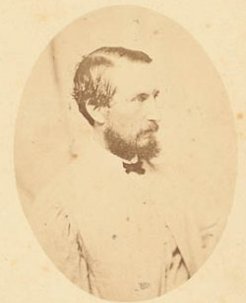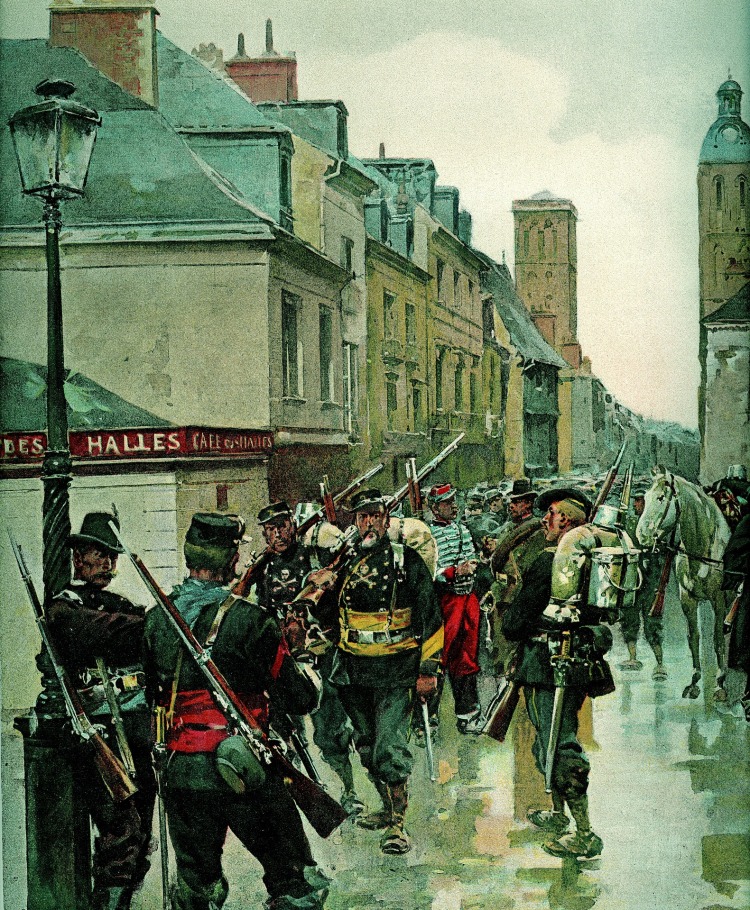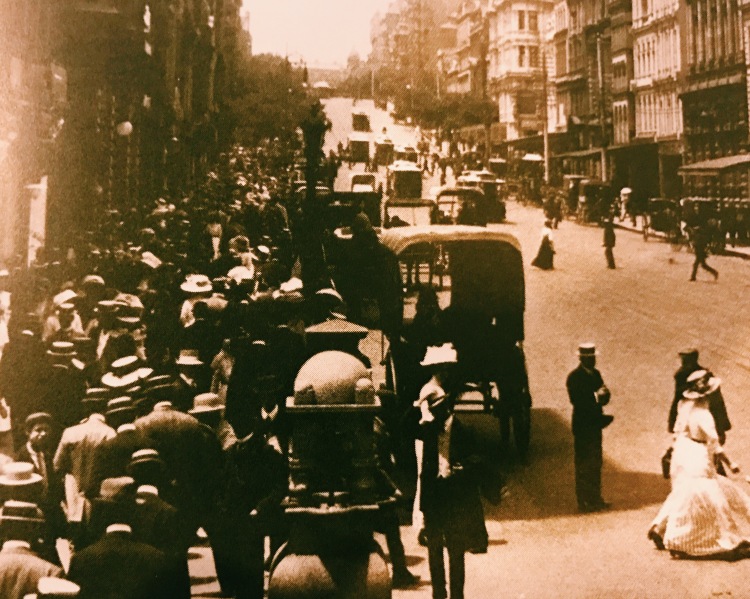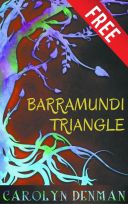From medieval France to contemporary Tasmania, two remarkable women discover their strengths, passions and loves.
Travelling between lush gardens in France, windswept coastlines of Tasmania, to Tuscan hillsides and beyond, The Midsummer Garden lures the reader on an unforgettable culinary and botanical journey.
1487 Artemisia is young to be in charge of the kitchens at Chateau de Boschaud but, having been taught the herbalists’ lore, her knowledge of how food can delight the senses is unsurpassed. All of her concentration and flair is needed as she oversees the final preparations for the sumptuous wedding feast of Lord Boschaud and his bride while concealing her own secret dream. For after the celebrations are over, she dares to believe that her future lies outside the Chateau. But who will she trust?
2014 Pip Arnet is an expert in predicting threats to healthy ecosystems. Trouble is, she doesn’t seem to recognise these signs in her own life. What Pip holds dearest right now is her potential to make a real difference in the marine biology of her beloved Tasmanian coastline. She’d thought that her fiance Jack understood this, believed that he knew she couldn’t make any plans until her studies were complete. But lately, since she’s finally moved in with him, Jack appears to have forgotten everything they’d discussed.
When a gift of several dusty, beautiful old copper pots arrives in Pip’s kitchen, the two stories come together in a rich and sensuous celebration of family and love, passion and sacrifice.

Kirsty Manning‘s debut novel, The Midsummer Garden is a masterpiece of historical and contemporary storytelling. From the wild Tasmanian coast line to the mellow midsummer garden of a French Chateau, the settings of this novel are drawn with a richness that entices the senses (and quite often the taste buds).
I devoured The Midsummer Garden, then stalked Kirsty’s Instagram and emailed her with far too many excited questions which she very graciously answered. I hope you enjoy reading her answers as much as I did!
When did the idea for The Midsummer Garden first occur to you?
I was on holidays in France and walked past an old chateau (Chateau de Brie http://www.chateaudebrie.fr/fr/) that really looked quite forgotten. It lay solid in a field, past the brambles and hedgerow. I went for a tour of the chateau and walked up some old, worn granite stairs and thought ‘who lived here?’ The stairs led to a tiny room at the top of a turret that looked over a walled garden. Quite suddenly, I had the idea for a cook and a herbalist, Artemisia, who was set to prepare a midsummer wedding in the garden, who hid a secret of her own …

The setting and idea for the last scene for The Midsummer Garden came to me fully formed. I just had to work out what happened for the rest of the book. That’s when I settled upon two timeframes. So I could compare and contrast a medieval women contained within garden walls, against a contemporary woman and the metaphorical walls that constrained her.
I see from your Instagram account and your blog that you did a lot of travel for the research of this book, what was your research travel highlight?
The first book I didn’t travel specifically for. It came from a series of travel experiences I’d had over the years. For instance, we regularly go to Tasmania and spend time along that coastline foraging for clams and pippies, hiking and fishing. My husband did do vintage outside Lucca, Tuscany, at Tenuta di Valgiano (http://www.valgiano.it/en/diary/) and we holidayed around Chalus.

The ideas from my second and third books have also stemmed from holidays. Sometimes it takes an idea a while to brew, other times it just hits you on the spot. I can imagine someone who lived there, or an incident. But then I travel back to the area to research and speak to people about specific incidents and special sites.
You also mention in your acknowledgements all the professionals that you were in contact with to keep the facts of the story right. How did you go about finding and contacting all these specialists (asking for a friend…)?
I really started to google the topics I was writing about, looking at interviews, research papers and noting who the subjects and authors were. I then tracked them down and emailed them explaining what I was trying to write about, and asking if they would be willing to answer some quite specific questions via phone or email.
What was the biggest learning curve you had writing The Midsummer Garden?
That it isn’t about the inspiration, it is all about the work. I had no idea how much focus it took to get to the end of a draft. And then to go back and rewrite all over again!
What was the biggest surprise about writing The Midsummer Garden? What is your favourite thing about being a writer?
It’s a bit like having a baby. Nothing prepares you for how absorbing the work can be. It’s a particular kind of magic to spend a day daydreaming and trying to work out how to get that dream down onto the page in the best way possible. Now I am a writer, I can’t imagine doing anything else …
And your least favourite?
Since starting to write in earnest, nothing prepared me for the deep wells of self-doubt that I’d stumble across in any given week.
No-one can do the writing for you, so you really have to push aside the nerves and what-if’s and just focus on the writing and rewriting (and there will be plenty of re-writing!). When all else fails, break it down to a single scene. Or even a piece of dialogue. Polish that tiny piece until you feel ready to pop back out and look at the bigger picture.

I’m like that in my garden too. It’s 2 hectares and some days it feels like way too much. My garden will never be finished or look like the perfect vision I have in my head. But I’ve earmarked just one area to be planted out this winter. So I’ll do that this season and come spring it will be a little piece of magic that blooms along with all the other areas I’ve already planted.
I really enjoyed the food creations in your story; food is something I find very tricky to write. Was it difficult to come up with so many diverse and fabulous dishes?
I had a lot of fun with the food. I’m that person who tries pretty much anything on the menu when I travel. I’m always looking for interesting local dishes. I had a ball researching the medieval dishes and attempting to cook things like the green herbal sauce to go over meat at a family barbecue (my children not so much …) We are a family who loves to grow food, eat food and cook food, so it is really just a part of our lives. Like gardening.

I don’t want my books to be just about the gardens or the food, but for me they are a way into the narrative to talk about the culture. It’s my way of giving meaning to a place … my way of bringing that place alive for the reader.
How do you manage to juggle your family, your work, your incredible garden and your writing?
My work gets rather intense. My kids are tweens and teens and so they have a rather hectic extra-curricular life. I write a lot beside swimming pools and in basketball stadiums and even in the car sometimes. I try to contain my work to school hours, but that last draft, and during the editorial phase I tend to get lost in my story. It’s anything goes and all semblance of a structured life goes out the window.
My husband is a great help ferrying kids to sport and taking them on outings so the house is quiet. My kids are good cooks so that sometimes buys me an hour as they will often cook dinner. My family just seem to rally and get on with life around me until I pop up from my writing and daydreaming and join in. I’m not sure I have the perfect balance, but writing is a life of extremes and they get that. I tell myself that I’m teaching my kids how to work hard to achieve their goals.

When I’m not writing, we have all the time in the world for hiking, sport, dinners and curling up with books together.
As for the garden, it’s actually pretty low maintenance. The kids help with the raking and some of the maintenance stuff, but I’ve had to relax and realise that I only have so many hours in the day. I have a lull between projects, so I plan to do some translating, pruning and raking to put my garden to bed for winter …
I see from your Instagram account that you are working on the next book, are we allowed to know a little about what’s coming next?
Hmmm, I’m keeping it a little close to my chest at the moment as I just finished and sent it to my publisher. It’s a far bigger, more powerful, story and I’ve undertaken an overseas research trip plus lots of reading and interviews from people who lived through this event to make my book hit just the right note.
It is another family mystery, set in two different eras (the first of which is just before WW2). There’s some new locations, plus lots of food, gardens and travel on the path to self-discovery.
The food in The Midsummer Garden made me feel equal parts hungry and impatient to expand my cooking repertoire. Can we be expecting any Midsummer Garden inspired cooking courses any time soon?
No, no cooking courses! But you are all welcome to come to our wine bar, Bellota (http://bellota.com.au/), in South Melbourne and enjoy the food and wine. We have a new chef, Nicky Riemer, and she is superb! I have set a cheeky scene in my next book in cool suburban wine bar …
And finally, what are your top three tips for writers?
- Finish the damn book! ‘Can’t edit nothing’ has become my mantra. You don’t know if it is a book, or what the problems are until you’ve really wrestled with it to the end. You also don’t know how to solve the problems until you see how you do it.
- Get yourself some good readers and mentors. Be tough, don’t ask Jan down the street who always says nice things. You need people who will be straight with you. (But it is crucial to be gracious with that feedback. Don’t throw a tantrum and behave like a toddler. You asked for the feedback, remember!)
- Do your research. It will give you something to cling to when there’s nothing else!
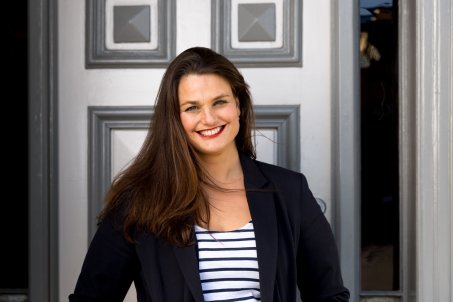
To find out more about Kirsty, her writing and her fabulous garden, check out her website. If you would like to get lost in the adventures of Pip and Artemisia, you can buy The Midsummer Garden here or head over to my FaceBook page and enter the giveaway to win a signed copy.
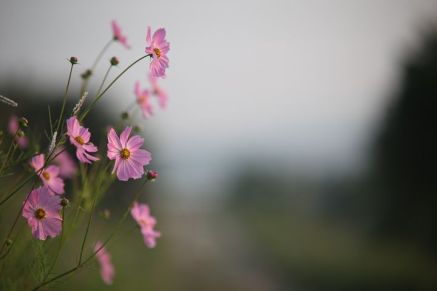







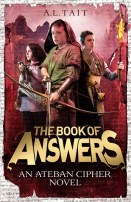
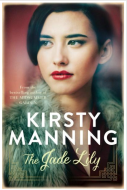









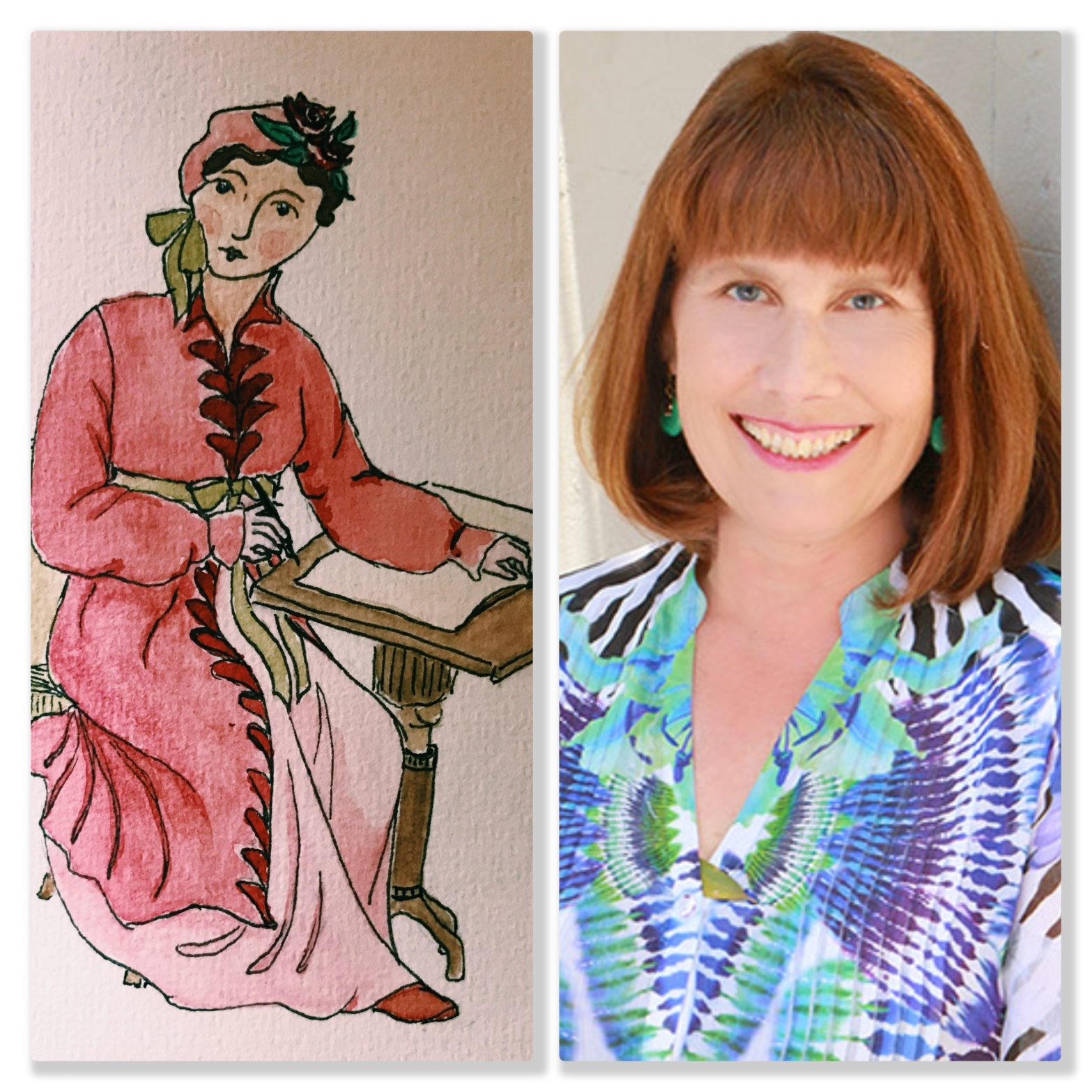

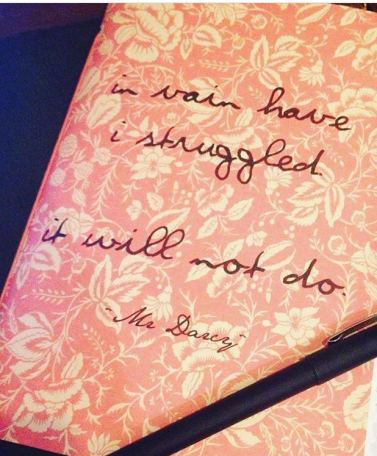




 motherhood/creativity balance. I would have to say the biggest lesson I have learnt (and I learnt this the hard way with little cherub number two) is that you have to let go of expectations. If I try to plan my day around a certain word count or to do list, I will inevitably end up stressed off my nut, cranky, exhausted and all without having achieved my target. It’s like the kids can sense when you have an ulterior motive and do their darnedest to interrupt your plans. If I resign myself instead to taking all the stolen moments I can and doing my best with those, my mind (and my heart) are free to devote my attention to the kids with more joy. This is the way that works for me. I tried the other way and it was messy, emotional and detrimental to the entire family.
motherhood/creativity balance. I would have to say the biggest lesson I have learnt (and I learnt this the hard way with little cherub number two) is that you have to let go of expectations. If I try to plan my day around a certain word count or to do list, I will inevitably end up stressed off my nut, cranky, exhausted and all without having achieved my target. It’s like the kids can sense when you have an ulterior motive and do their darnedest to interrupt your plans. If I resign myself instead to taking all the stolen moments I can and doing my best with those, my mind (and my heart) are free to devote my attention to the kids with more joy. This is the way that works for me. I tried the other way and it was messy, emotional and detrimental to the entire family. 




